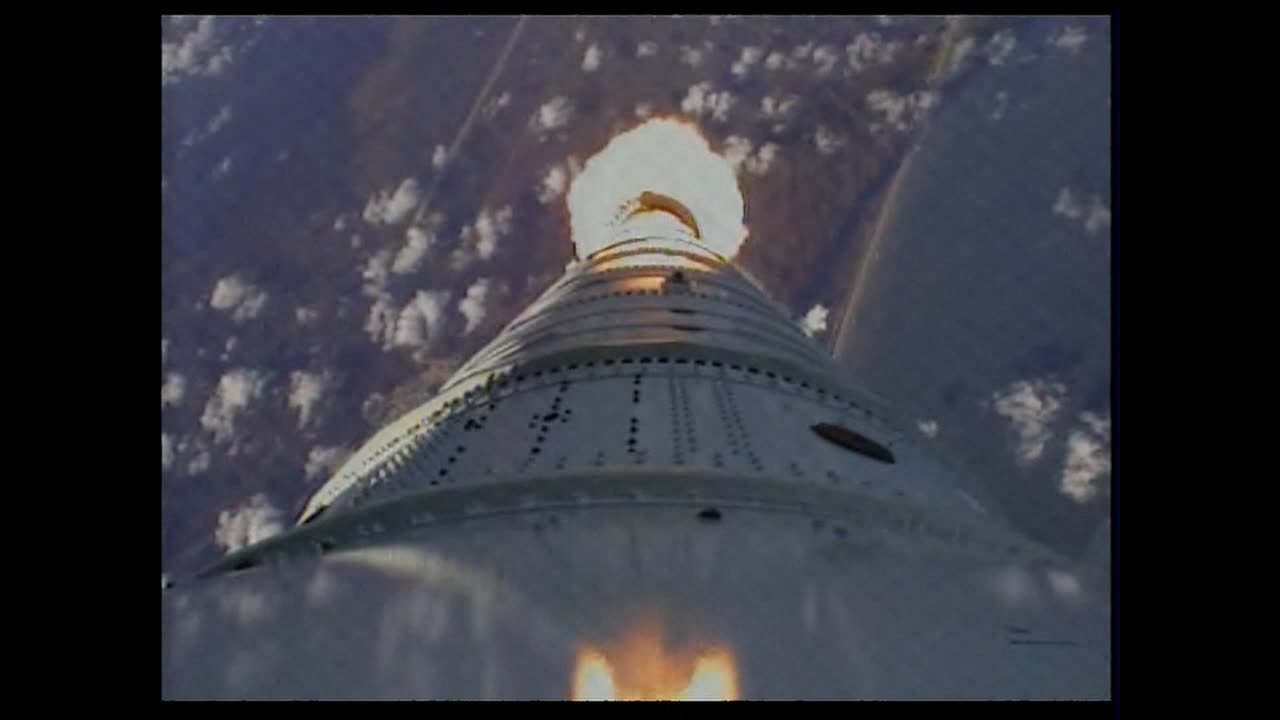Premium Only Content

Ares I-X Flight Test Launches
The Ares I-X Flight Test Launches represent a critical chapter in the history of space exploration, serving as a pivotal step in NASA's ambitious plans to return humans to the Moon and eventually venture beyond. These test launches, conducted in the late 2000s, were part of the Constellation Program, NASA's initiative to develop the next-generation spacecraft and launch vehicle systems.
Background:
The Ares I-X Flight Test Launches were a series of suborbital test flights aimed at evaluating the performance and capabilities of the Ares I crew launch vehicle. The Ares I was designed to serve as the primary launch vehicle for the Orion crew spacecraft, intended to carry astronauts to the International Space Station (ISS) and, ultimately, to the Moon.
Key Objectives:
Validation of Ares I Design: The primary objective of these flight tests was to assess the design and aerodynamic characteristics of the Ares I rocket. Engineers aimed to validate the rocket's structure, stability, and overall performance.
Max Q Testing: One crucial phase of these tests was the Max Q (maximum dynamic pressure) phase. This is the point in a rocket's ascent when aerodynamic forces are at their peak. The Ares I-X launches provided invaluable data for understanding and optimizing this critical phase.
Instrumentation and Telemetry: Ares I-X was equipped with a sophisticated array of sensors and instrumentation to gather data on the rocket's behavior throughout the flight. This telemetry was crucial for assessing the rocket's performance and making any necessary design refinements.
Launch Details:
The Ares I-X Flight Test Launches consisted of a single, unmanned Ares I-X rocket. Notably, the rocket featured a unique design, with a four-segment solid rocket booster derived from the Space Shuttle's boosters as the first stage and a dummy upper stage. The upper stage did not carry a functional second stage or an operational crew module.
The Ares I-X test flights took place from Launch Complex 39B at NASA's Kennedy Space Center in Florida. The first and only Ares I-X launch occurred on October 28, 2009.
Legacy and Impact:
While the Ares I program ultimately underwent changes and was eventually canceled in favor of other launch vehicle options, the Ares I-X Flight Test Launches were still instrumental in advancing NASA's understanding of rocket design and performance. The data collected during these tests contributed to the development of subsequent launch vehicle designs, including the Space Launch System (SLS), which is intended to carry astronauts to the Moon and beyond as part of NASA's Artemis program.
In conclusion, the Ares I-X Flight Test Launches represent a critical milestone in NASA's pursuit of human space exploration beyond low Earth orbit. These tests provided essential insights into rocket design and performance, laying the groundwork for future missions that will see humans return to the Moon and set their sights on even more distant destinations in the cosmos
-
 LIVE
LIVE
Spittin' Chiclets
12 hours agoWinter Classic Preview - Live From Chicago - Game Notes - 12.28.2024
1,236 watching -
 LIVE
LIVE
FusedAegisTV
1 hour agoWelcome to The King of Iron Fist Tournament! \\ TEKKEN 8 Stream #1
592 watching -
 DVR
DVR
Bannons War Room
1 year agoWarRoom Live
101M -
 5:42:36
5:42:36
FreshandFit
6 hours agoLive X Censorship For Opposing Immigration?!
56.9K43 -
 1:08:16
1:08:16
Tactical Advisor
2 hours agoNEW Budget Glocks | Vault Room Live Stream 011
14K1 -
 16:30
16:30
SNEAKO
9 hours agoNO FRIENDS IN THE INDUSTRY.
21.2K14 -
 6:19
6:19
BlackDiamondGunsandGear
20 hours agoHow Fat Guys can Appendix Carry
3.39K2 -
 6:58
6:58
Gun Owners Of America
23 hours ago2024 Was Huge For Gun Rights, Here's Our Top 10 Wins!
8.5K1 -
 15:50
15:50
Degenerate Jay
1 day ago $0.07 earnedJames Bond Is Being Ruined By Amazon? Make Him A Black Gay Woman?
6.52K7 -
 15:18
15:18
DeVory Darkins
23 hours ago $8.26 earnedTrump Drops NIGHTMARE Warning on Joe Biden
23.8K29